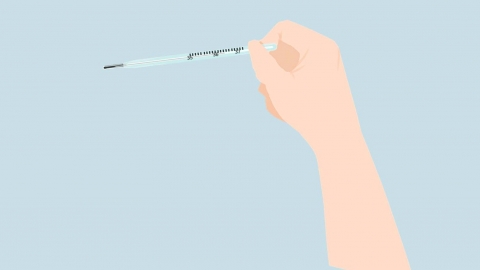What are the symptoms of infantile急疹?
Infantile急疹, commonly refers to roseola infantum. Typically, roseola infantum generally presents with typical symptoms such as sudden high fever, rash appearing after fever subsides, good mental status, mild respiratory symptoms, and gastrointestinal discomfort. It commonly occurs in infants and toddlers aged 6 months to 2 years. If any abnormalities occur, it is recommended to seek medical attention promptly. Detailed analysis is as follows:

1. Sudden high fever: At the onset of the illness, a sudden high fever often appears, with body temperature reaching 39°C to 40°C, lasting for 3 to 5 days. During this period, the temperature may temporarily drop after taking antipyretics, but tends to rise again. Some infants and young children may experience mild chills.
2. Rash appearing after fever subsides: This is the most characteristic symptom. When the high fever suddenly subsides, the skin rapidly develops a pale red maculopapular rash, starting first from the neck and trunk, gradually spreading to the face and limbs. The rash usually lasts for 1 to 2 days and then fades on its own without leaving any pigmentation.
3. Good mental status: Different from other febrile diseases, during roseola infantum, aside from slight irritability when having a high fever, most children maintain a generally normal mental status and appetite, with their play and activities not significantly affected.
4. Mild respiratory symptoms: Some children may experience mild cough, runny nose, red and swollen throat, and other respiratory manifestations, but the symptoms are usually mild and do not include severe conditions such as difficulty breathing or wheezing, and usually resolve on their own.
5. Gastrointestinal discomfort: A few children may experience mild diarrhea, vomiting, abdominal distension, and other gastrointestinal symptoms. The stool is mostly mushy, with slightly increased frequency, but severe vomiting or watery diarrhea generally does not occur.
When the above symptoms appear in infants and young children, body temperature should be closely monitored, timely physical cooling or antipyretics as prescribed by a doctor should be used to avoid febrile seizures. The diet should be light and easy to digest, with plenty of water intake.




